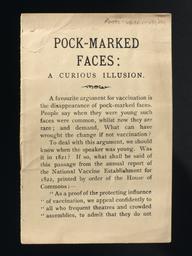

Central Electricity Generating Board Maps
Two maps published by George Philip & Son Ltd and the Central Electricity Generating Board (CEGB). They were used by staff at British Telecoms (BT) and its predecessor organisations.
The first map is titled 'Electricity Area Boards', and shows the England and Wales Area Boards pre-April 1957, at a scale of ten miles to one inch. The second map is entitled 'Central Electricity Generating Divisions' and shows these areas in England and Wales, giving the location of power stations, transmission lines etc. The second map is dated April 1958, and is a revision of a map first produced in April 1951. It is drawn at the same scale.
These maps show how the Central Electricity Generating Board, known as the CEGB, was organised. The CEGB was created in 1957 and was a nationalised body responsible for the electricity supply in England and Wales. The Board owned, ran and extended the network of power stations and main transmission lines which supplied electricity to twelve Area Boards of England and Wales. The Science and Industry Museum holds the records of the Electricity Council and related organisations, including the CEGB. These maps add to other archives in the museum, particularly the main Electricity Council archive (reference YA1989.338).
The maps show the organisational structure of the CEGB and its predecessor, the Central Electricity Authority (1954-1957), their responsibilities and the changes they experienced.
As these maps were once held by the reference library at BT (then part of the Post Office), they illustrate the working relationships between different utilities, and the ways they worked together to build and run services across the country. BT was then the national telephone organisation and its regional offices needed information about the Generating Board network and the Local Board areas. Generating Stations were important customers and had to have "fail safe" communications for the good of the country. The grid routes were useful for telephone engineers planning services, for example to shield against electromagnetic interference. Similarly, Distribution Board boundaries would be used to help plan work on telephone cable routes, especially where the two services shared poles or needed to dig up roads. The telephone company would also need to know which Board to deal with for its own power requirements, even to phone boxes.
These maps invite us to think about the impact of the spread of electricity supply across the country on people and industries. As electricity supply became essential for industries and households, it became a candidate for nationalisation in the post-war years. The maps help to tell the story of a nationalised industry in the 1950s. Their connection with telecommunications also shows how parallel technological developments created a need for cooperation between industries.
Details
- Category:
- Archive
- Object Number:
- 2021-1664
- Materials:
- paper (fibre product)
- type:
- maps
- credit:
- Donated by Ian Briant




